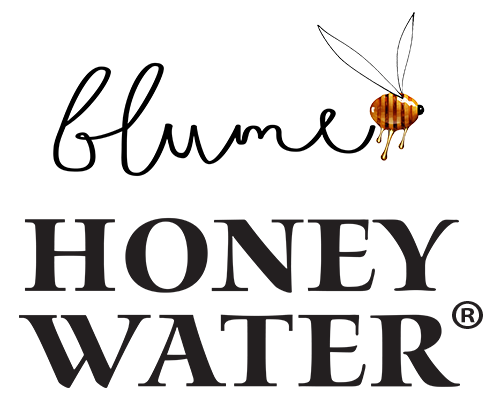Bees = Apples
BEES = APPLES
If you love apples, then you love bees (by association!). Thanks to the simple explanation by the Michigan State University Extension for providing key insights into how and why and what kinds of bees pollinate apple trees.
Pollination takes many forms. Apple trees require cross-pollination where bees are needed to move pollen from a pollen-donating apple tree to the receiving apple tree. Pollen-donating trees must be planted in alternate rows nearby to pollen-receiving trees. Sometimes crabapple trees are interspersed within an apple orchard for this very purpose since they can help with the pollination process.
Apples that do not receive adequate pollination can become malformed as they develop and can result in dropping their fruit early. The average blossoming period for apples when pollination can take place is about 9 days. So the window is tight to ensure delectable fruit in the fall. Cool weather during bloom will extend this period, whereas warmer weather will shorten it.
APPLE TREE POLLINATORS
Honeybees, although not native to North America, are the most important and most common pollinator of apples. In fact, beekeepers are often hired to set their hives within orchards so their bees can do the heavy lifting of pollinating apple trees properly.
Other less commonly used bees for apple pollination are bumble bees and mason bees. Colonies of bumble bees can be purchased from commercial rearing facilities and must be ordered months in advance of when they are needed.
Mason bees are solitary bees that will nest in large aggregations in nesting materials built out of cardboard or paper straws, cut pieces of bamboo, or blocks of wood with pre-drilled holes of a particular diameter (like the Bee Hotels we told you about). There are typically limited supplies of commercially reared populations of both native and non-native mason bees used for orchard pollination. The most common native species managed for orchard pollination is called the Blue Orchard mason bee and the most common non-native species is called the Horn-faced bee.
Growers can gradually build up their own native populations of mason bees by putting out nesting materials each season and following standard recommendations for keeping the bees cool for overwintering and then bringing them out of cold storage in time to be active for apple bloom.
Aside from managed bees, wild bumble bees and a variety of solitary soil- or stem-nesting bees can be found visiting and pollinating apples blossoms. Many of these bees nest directly in orchards or in adjacent habitat and are usually limited by the amount of non-crop flowering habitat that is adjacent to the orchard and the pest management practices used in nearby orchards.
To build up populations of wild bees, growers are encouraged to provide non-crop flowering plants in adjacent habitats to the orchard – preferably in areas that will not receive pesticide applications or major drift from pesticides used in the orchard.
In short, if you love apples, then you already love bees and by choosing locally-grown, organic apples at your favorite grocery, co-op, farmer’s market or food stand, you are becoming a beeless beekeeper...thank you!

